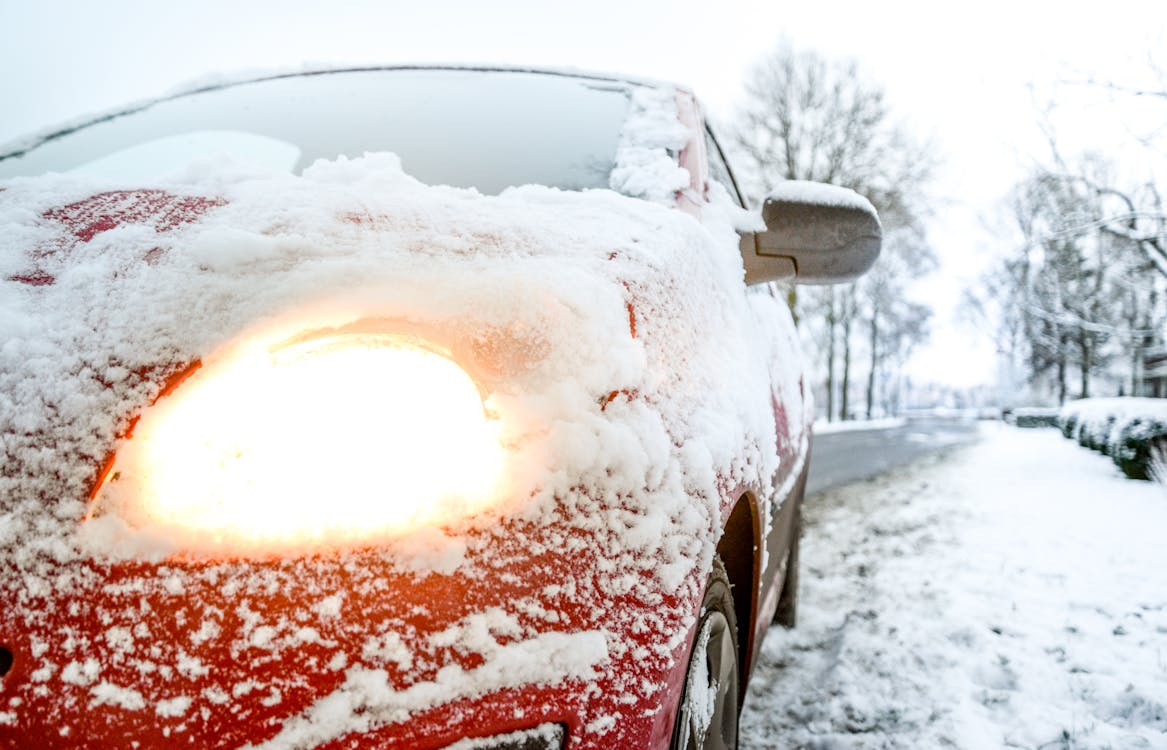
|
(519) 742-7774 Free initial Consultation Home and Hospital Visits Available |
|||
Driving in Snow and Ice - Winter Driving Tips |
|
February 04, 2021, Kitchener, Ontario Posted by: Robert Deutschmann, Personal Injury Lawyer
Winter driving requires that you anticipate a crisis and avoid it. It means watching the weather and road conditions carefully for accumulations of snow and ice and adjusting your driving. Varying visibility means speeds and following distances need to be adjusted accordingly.
Top 10 Tips For Winter Driving Safety
What To Do If You Start To Skid
What to Do If You Get Stuck
What To Put In Your Winter Driving Kit
|
|
| Posted under Accident Benefit News
View All Posts |
|
About Deutschmann Law Deutschmann Law serves South-Western Ontario with offices in Kitchener-Waterloo, Cambridge, Woodstock, Brantford, Stratford and Ayr. The law practice of Robert Deutschmann focuses almost exclusively in personal injury and disability insurance matters. For more information, please visit www.deutschmannlaw.com or call us at 1-519-742-7774. It is important that you review your accident benefit file with one of our experienced personal injury / car accident lawyers to ensure that you obtain access to all your benefits which include, but are limited to, things like physiotherapy, income replacement benefits, vocational retraining and home modifications. |
|
Contact us for a
free initial consultation |
Personal Injury Blog
Connect with us
Deutschmann Law concentrates its practice in matters concerning car accidents, motorcycle accidents, pedestrian accidents,bicycle accidents, catastrophic injury, serious injury, brain injury, spinal cord injury and disability insurance claims. Serving Kitchener, Waterloo, Cambridge, Brantford, Ayr, Woodstock, Guelph, Milton, Elmira, Tavistock, Tillsonburg, Ingersoll, Norwich, Elora, Fergus, New Hamburg, Ontario and surrounding areas. “Deutschmann Law Professional Corporation” is practicing under the name Deutschmann Law. © 1998 - 2024 Deutschmann Law Accident, Injury Lawyers and Disability Lawyer Site Map Disclaimer Website by We Think Solutions Full Site | Mobile Site |

